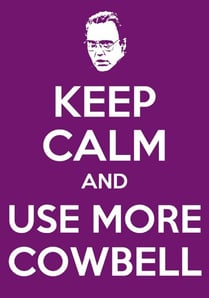You have designed the ultimate process that will revolutionize the semiconductor industry. The parts have been collected, the process module assembled. But now you need the software to make all the components work together.
As described in a recent CIMControlFramework (CCF) blog post around designing recipes, the recipe is the secret sauce for your process. The recipe is used to direct the hardware to perform the process; How much time in a step, temperature, gas flow, pressure, etc.
The recipe provides directions to the process module on how to perform the processing. How and when to enable/disable hardware components. What setpoints to be set for components. How much time to spend on any given step. The process module (PM) software that you develop will take the recipe that you have defined and perform the operations using that recipe. CCF stays out of your way to allow to create your secret sauce.
CCF makes integrating your process module easy. CCF provides a simple process module interface that allows CCF to know when to prepare for processing, prepare for transfer, and process using the supplied recipe.
Your process module hardware may be made up of any number and types hardware components, E.g. Mass Flow Controller(s), valves, chuck, etc. that will be used to process the recipe. Since CCF does not use proprietary interfaces and does use C# and Visual Studio, creating interfaces to your hardware is much easier and left to you to design and develop these drivers. CCF makes it easy to connect to your hardware, whether it is via a PLC or talking directly to the hardware.
CCF makes it incredibly simple to report data to a UI, a GEM host and even an EDA client. Declare your status variable, update, and publish. The data is reported to all three for you automatically!!
CCF takes the stress out of the necessary evil of moving material through the equipment to get it to your process module. It provides an interface for interacting with your process module allowing you to spend your time where it matters most - creating your secret sauce to help make you successful!
To learn more about CCF, visit the CIMControlFramework page on our website!





